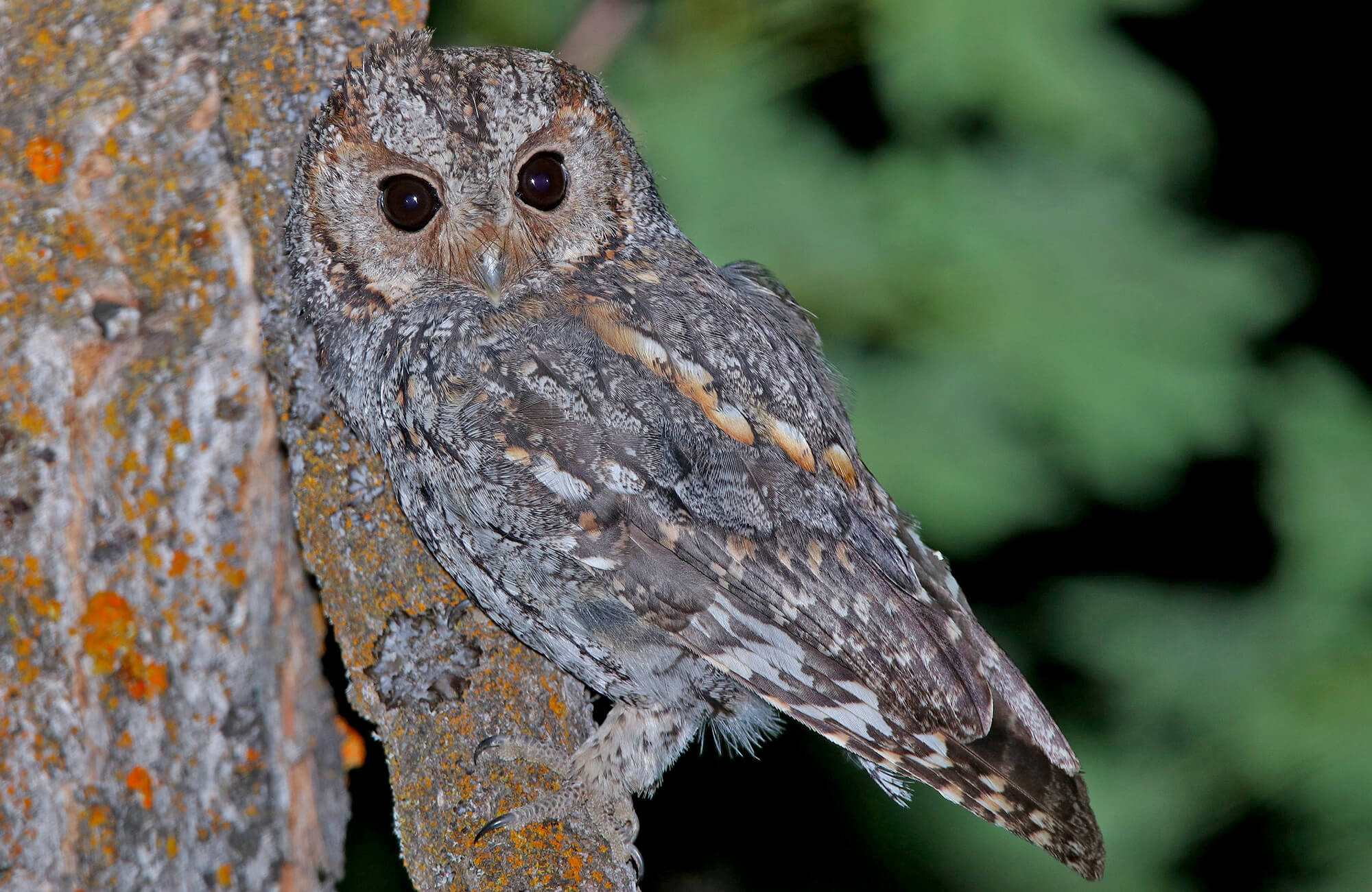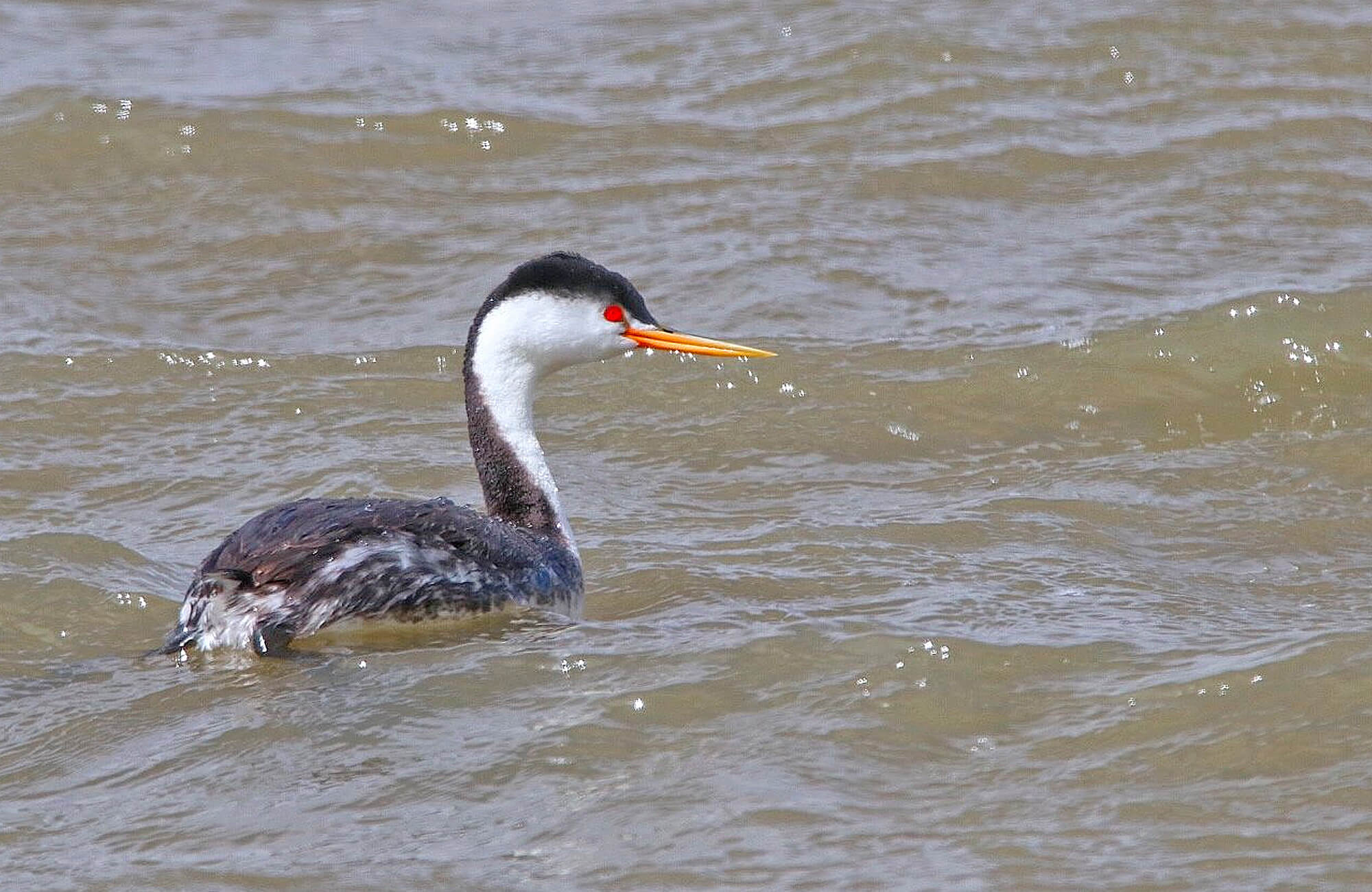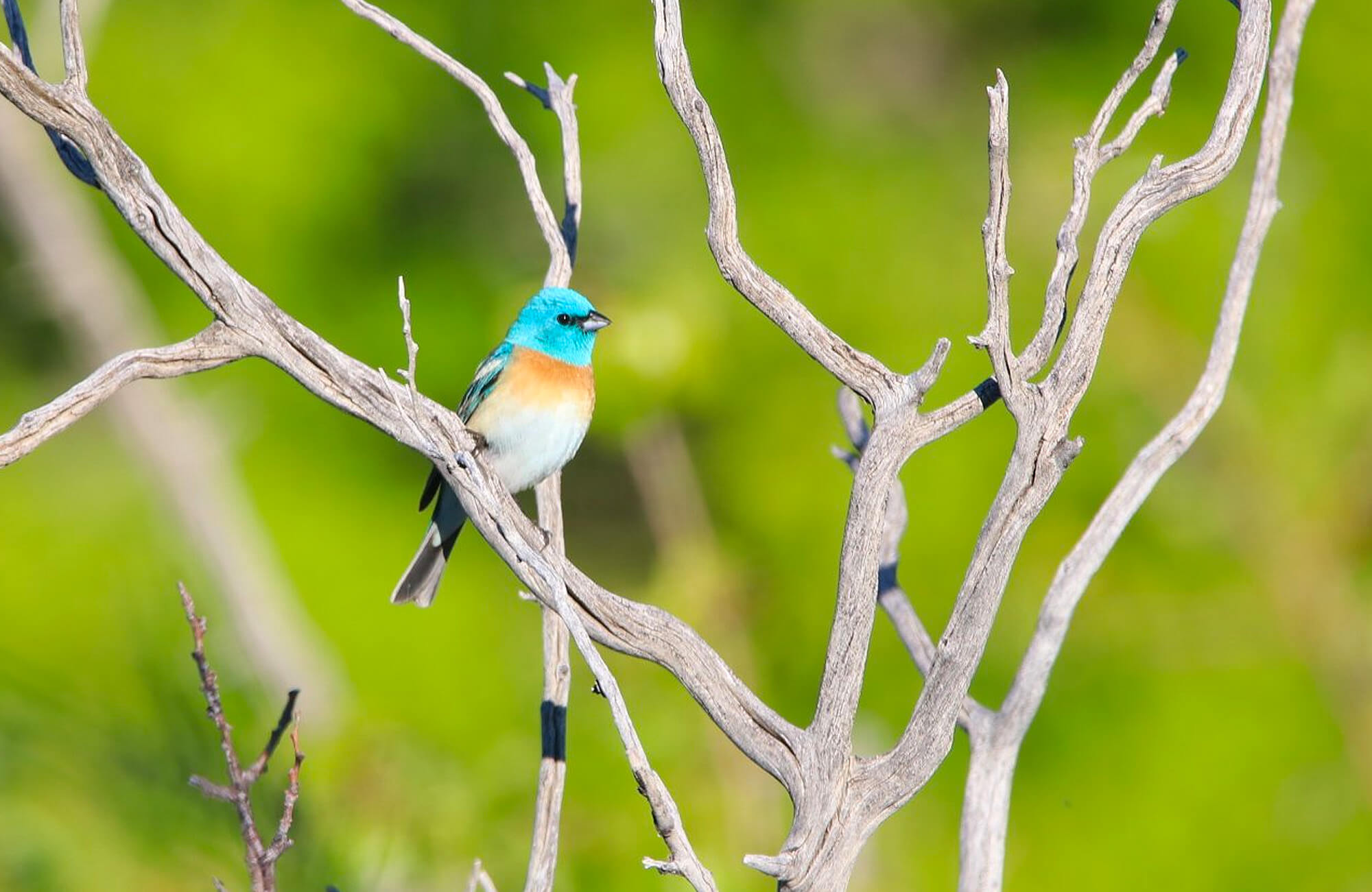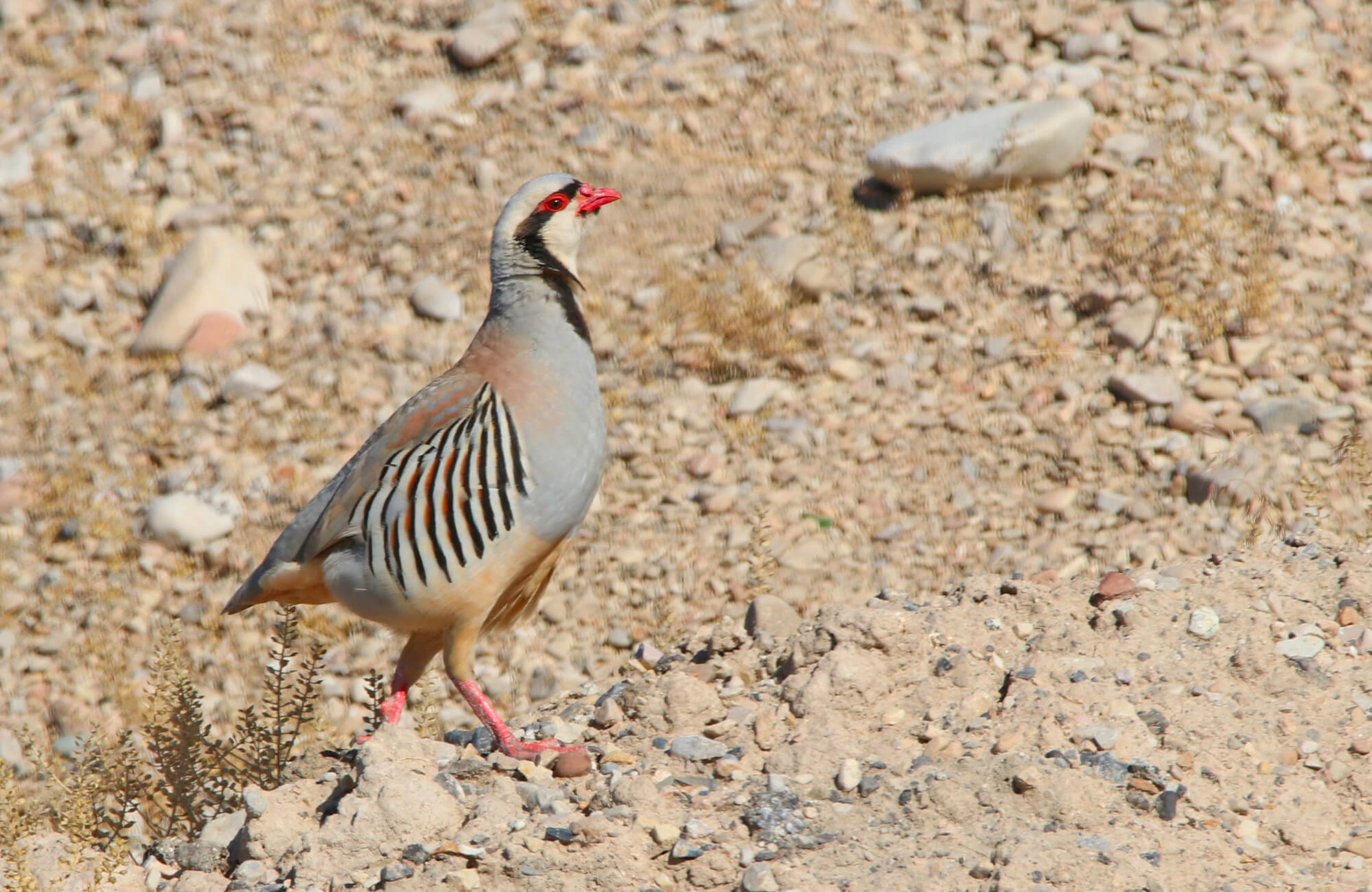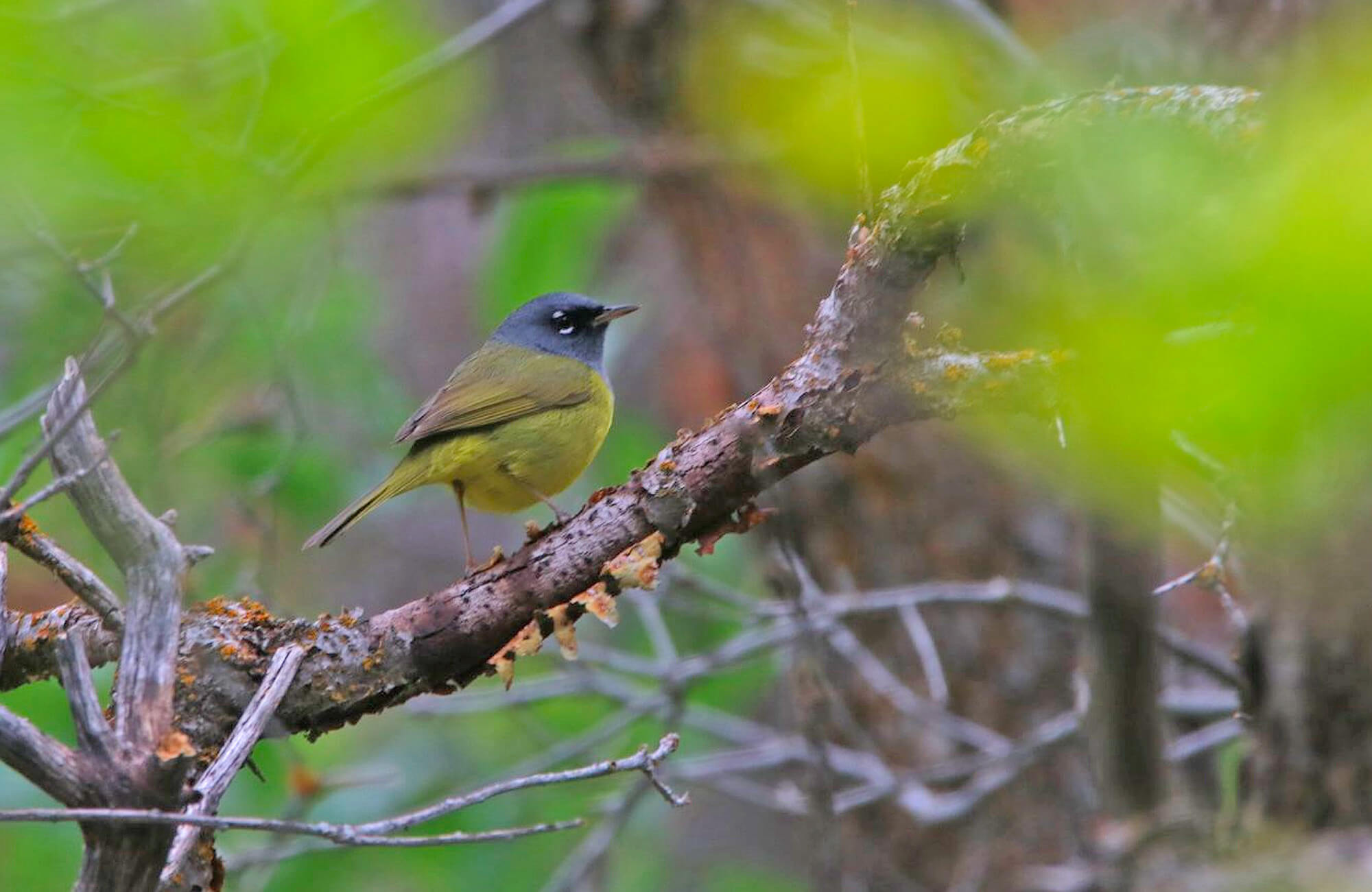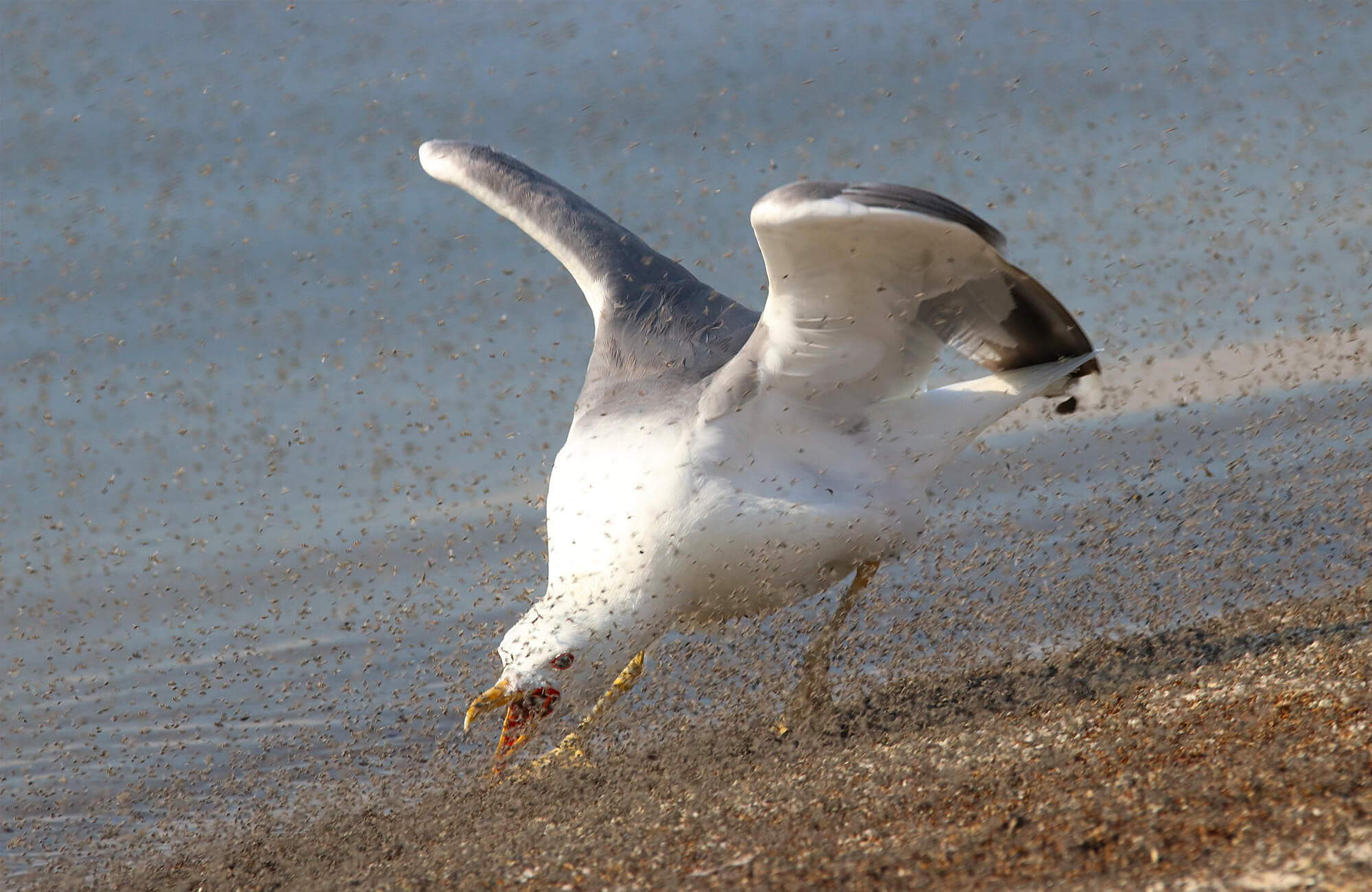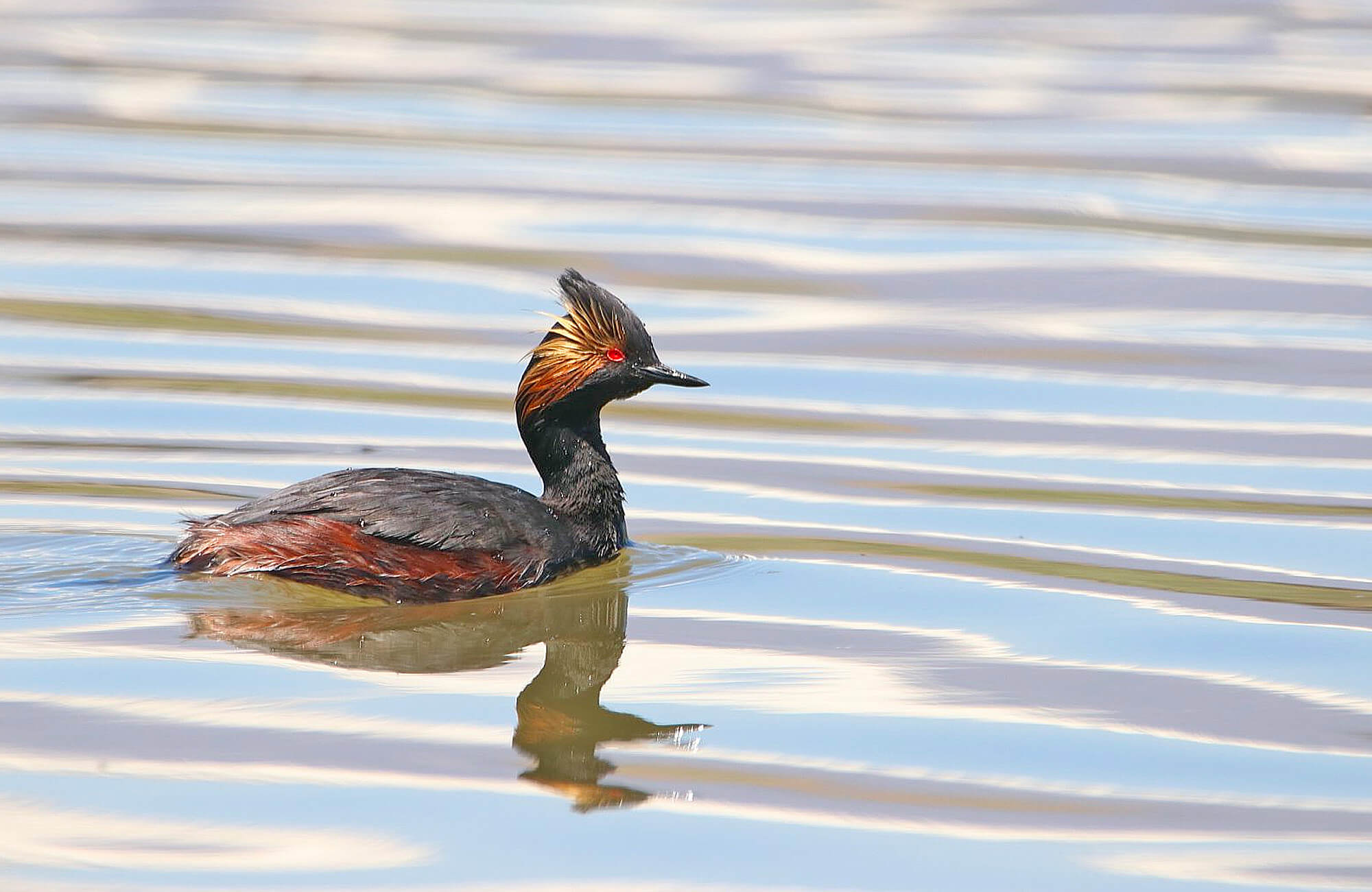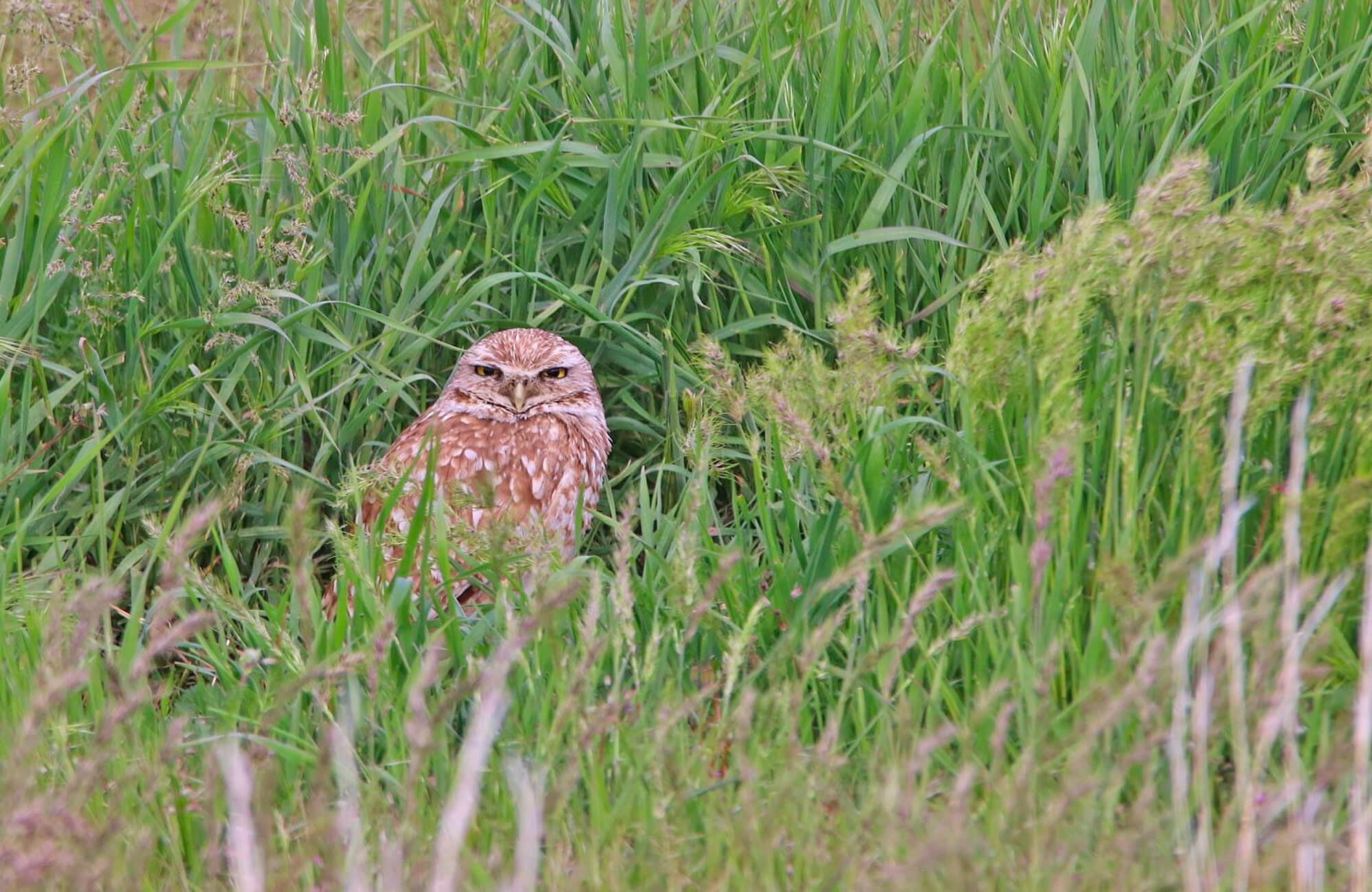Upcoming Tour Date(s)
Scouting - May 15, 2025 —
4 of 7 Spaces Available
Main Tour - May 18, 2025 —
Sold Out
This is a top notch and professional bird guide service. Extremely knowledgeable about birds in general and especially birds of Utah!
John J. Custom Tour, 2020
Tour Details
Marathon Birding Great Salt Lake Bird Fesitval
Join our guides on an exciting birding adventure! We'll explore the beautiful areas surrounding the Great Salt Lake, including its shores and wetlands, as well as the stunning canyons and mountains of the Wasatch front. Our goal is to spot more than 150 different bird species in a thrilling, fast-paced day of bird-filled excitement. Over the past 15 years, we've managed to average just over 150 species per day, and our highest record so far is 170 species in 2015. Get ready for an unforgettable birding experience!
Leader(s): Tim Avery, Kenny Frisch, Mike Hearell, & Taylor Abbott
Itinerary
Itinerary subject to change due to weather, birding conditions, and other factors out of our control.
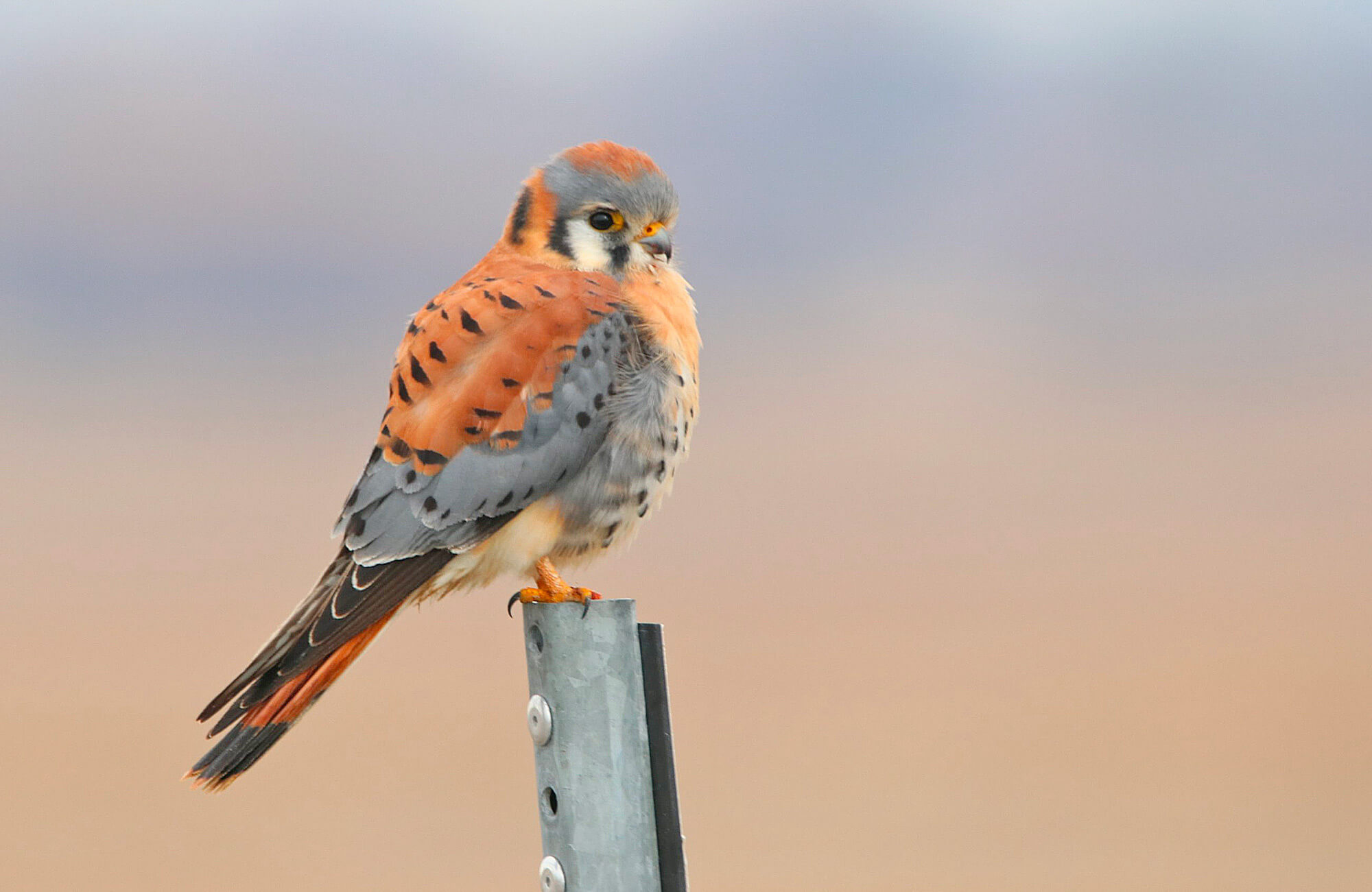
Overview Up to 18 hours of fast-paced, species-rich birding!
The day starts off leaving our meeting point at 6:00 AM sharp. We leave at 6, with or without you, so don't be late! We will travel in comfortable vans with enough space for each participant to have a window seat for the entire tour. We will provide water for the duration of the tour as well as lunch and dinner, and a vareity of snacks.
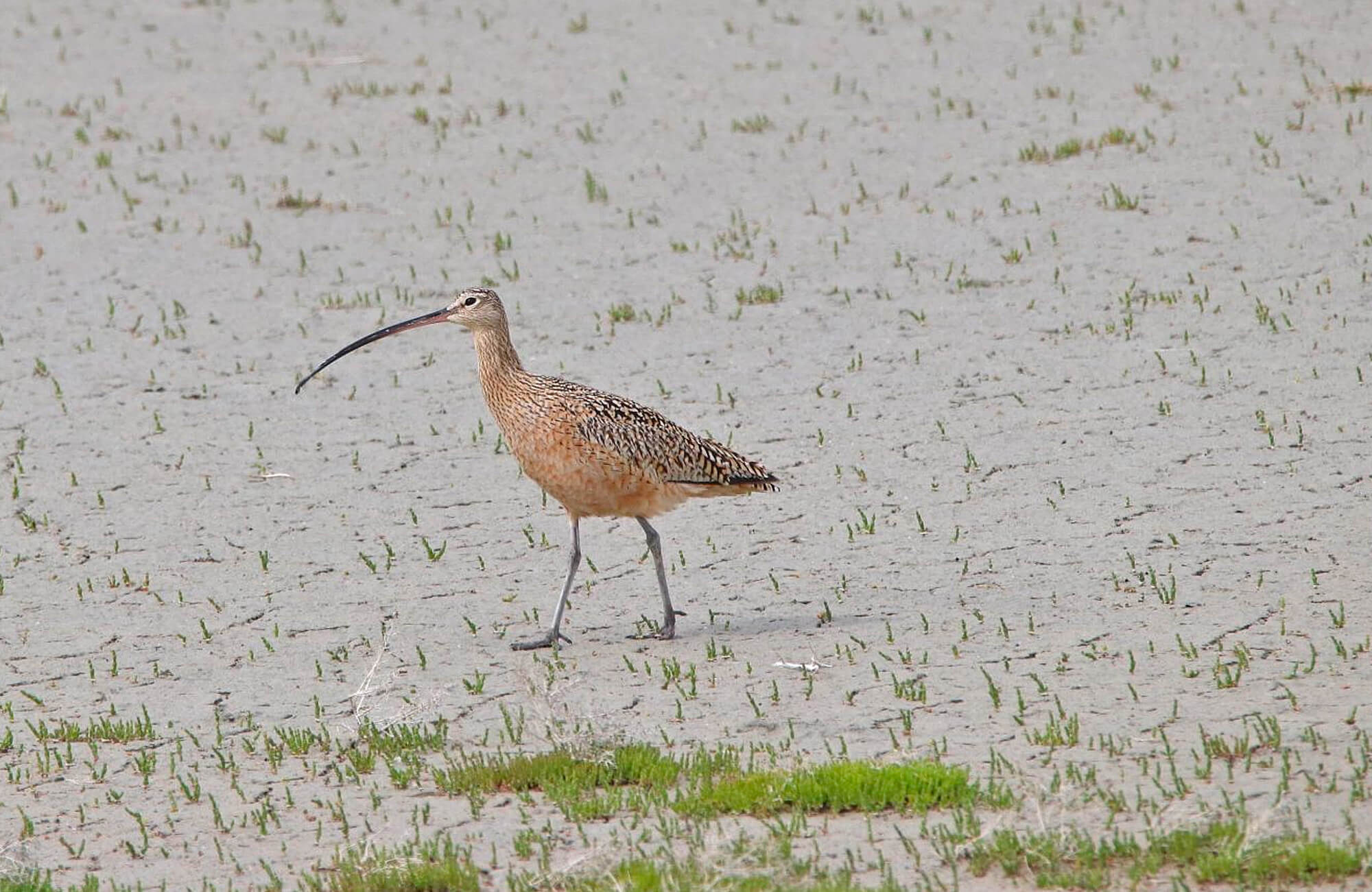
The Great Salt Lake Although it has been called "America's Dead Sea", the lake provides habitat for millions of birds.
Our morning starts off birding a local wetland and wildlife managment area where we often pick up more than 1/3 of our species for the day. Heavy on waterfowl, wading birds, and often a good mis of shorebirds this early stop is one of the few times we will spend moving a short distance to see a lot of birds. OUr haul here often includes Great, Snowy, and Cattle Egret, Yellow-headed Blackbird, Clark's Grebe, Western Grebe, Sandhill Crane, Common Yellowthroat, and Virginia Rail.
From here we work our way north along the shore of the Great Salt Lake to the world famous Antelope Island Causeway where depending on how shorebird migration is going, we often spend around an hours scouring flocks of migrants to see if we can pick out any vagrants. Birds like Snowy Plover, Long-billed Curlew, and Western Willet are often highlights while we hope for things like Red Knot, Sanderling, Black-bellied Plover, and Ruddy Turnstone. Anything is possible in May, and we'll make the most of whatever we are able to find.
On the island we'll spend time seeking out variety of birds that call this desert landscape home. Burrowing Owl, Grasshopper Sparrow, Rock Wren, Great Horned Owl, and Chukar are jsut a few of the birds we'll encounter on our way to Garr Ranch where songbird migration often pays off in huge dividends with flycatchers, warblers, tanagers, and other passerine migrants. By the time we leave the island late in the morning we've usually tallied over 100 species.
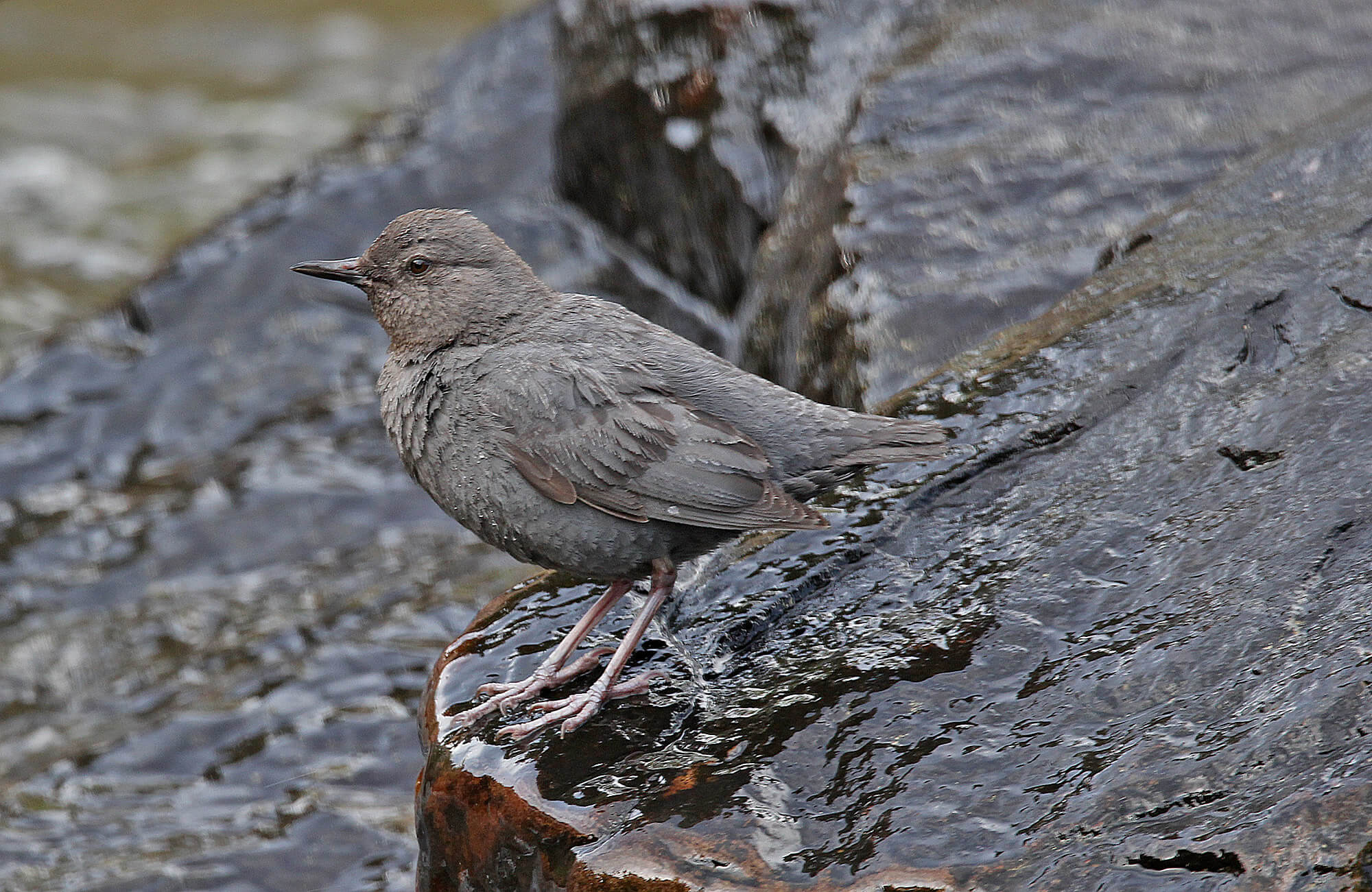
The Mountains Rising to more than 13,500’ at their highest peaks, the mountains in northern Utah provide an incredible wealth of birds.
After picking up sandwiches for lunch and taking a short break at a local park to eat we'll continue birding. The afternoon itinerary often varies greatly form year to year depending on weather conditions, the staus of mountain roads due to later season snow, and what our target list looks like. In past years weve visted Logan Canyon, Ogden Canyon, Monte Cristo, Deseret Ranch and Southwest Wyoming, Alta, Park City, The Lake Mountains, and numerous other locations depending on where we think we'llbe able to pick up the most birds. No matter where we end up there are a few things we generalyl track down every year. Mountain Bluebird, MacGillivray's Warbler, Lazuli Bunting, Cassin's Finch, Green-tailed Towhee, and Broad-tailed Hummingbird are typically seen.
Depending on the route we go we should also be able to track down birds like American Dipper, Red Crossbill, Black-headed Grosbeak, and Mountain Chickadee among a number of other common mountain species.
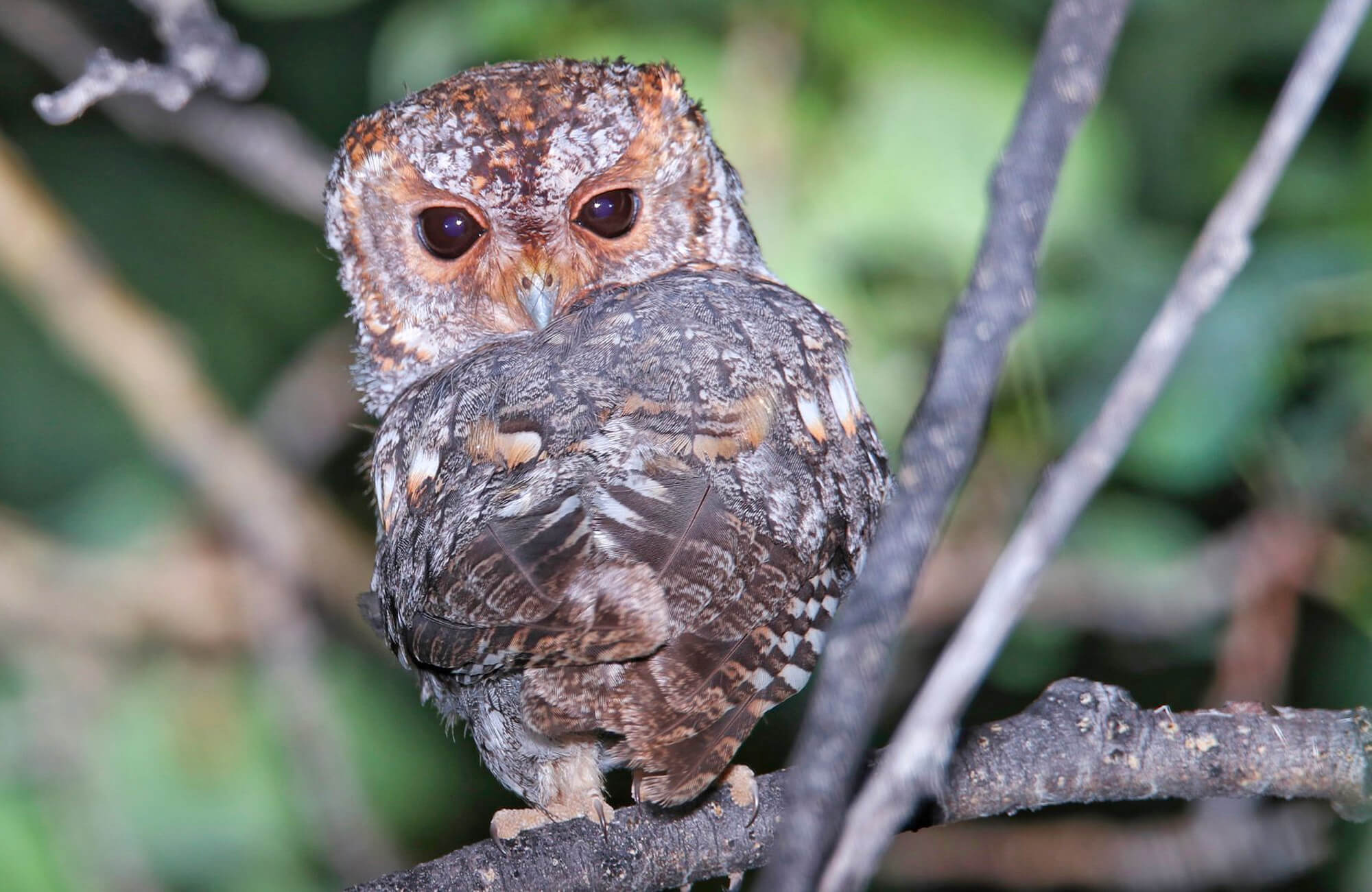
Flammulated Owling One of the most difficult owls to locate in North America is the perfect way to end the tour!
This tiny, gray and reddish owl, the size of a smart phone, spends its summers foraging for moths and other insects in pine, oak, and aspen forests of the mountain west. These aspects make it hard to spot, although its repetitive, low-pitched hoot may be easier to notice. Once considered rare residents of these mountainous forests, we now know this species is actually quite common!
The mountains just outside of Salt Lake City, Utah provide some of the closest and easiest to access nesting habitat for Flammulated Owls, and by far the best opportunity to see these birds anywhere in the world. Often one of the last North American owls for ABA listers, Utah has become the go-to location to see this bird! After dinner we'll make our way into the mountains to one of our favored owling sites. While we have daylight we'll look for anythign interesting we might have missed during the day.
Once dark (usually about 15-30 minutes after sunset), we will use our time-tested techniques to illicit a response from an owl. Once we've found a responsive individual we'll attempt to track the bird down, and breifly shine our low-temp LED spotlight near the bird, and use a laser pointer to provide directions to see the tiny owl. Often times other nocturnal birds show up on this tour. Common Poorwill is encountered with some frequency, while Northern Saw-whet Owl and Ruffed Grouse shows up from time to time as well.
If time permits we may work on finding a Western Screech-Owl in the valley while we make our way back to our dropoff location and call the tour a wrap.
Still have questions? Ready to book a tour? Either way tapping the buttons below will put you in touch with us!
2025 Pricing
Still have questions? Ready to book a tour? Either way tapping the buttons below will put you in touch with us!
What's Included & What to Expect
What to Expect on Your Tour
On the day our tour beings we will provide pickup from our set departure location (TBD) by 6:00 AM. At the end of the tour, we will drop you off where we picked you up between 11:00 PM and Midnight
Transportation
During the tour, we will travel in our comfortable 12-passenger Transit Van (aptly named Otus), as well as a 2nd 12-passenger transit van. Lots of room to stretch out with your gear and not feel like a sardine in a tin.
We provide a step stool for easy access in and out of the van and ice-cold water is available whenever you need from the back of the van with a custom tour water bottle provided for you to keep at the beginning of the tour.
Meals
Lunch will be a quick stop at a sandwich shop or similar. And dinner will be takeout from a local favorite, for a quick dinner!
Pace
The pace of the tour is fast--we cover around 300 miles during the day.
Difficulty
This tour is not physically demanding. We will do numerous short outings, under 1-mile (usually much shorter), on even terrain.
Weather and Temperature
This tour provides for interesting mix of temperatures as we move between high elevation sites in the mountains and low elevations sites in the Great Basin. It is not uncommon for daytime temperatures at lower elevations to reach into the high 80’s. While in the mountains daytime temps range from the 40’s to 60’s, and owling typically drops into the 40's. I recommend bring a variety of clothing, that is easily layered.
Insects, Snakes, and Predators
Oh my! Mosquitoes can be found at most places we will be visiting, so protective clothing or repellent is highly recommended. Biting gnats are generally an issue at Antelope Island as well. While there are other biting bugs, most are not very active this time of year. There is one species of rattlesnake in the Great Basin, but we have not encountered them on any tours. With that being said, please be aware it is possible to encounter them. And lastly, there are both Black Bear and Cougar in the Mountain West, but in 14 years of guiding I have never encountered either during a tour!
Non-bird Highlights
- The Great Salt Lake
- Antelope Island State Park
- Pronghorn, Bison, Mule Deer & Coyote
What's Included
- Professional Guide Service
- Transportation
- Lunch & Dinner
- Spotting Scope while Birding
- Water for Refreshment
- Birds—we’ll find some birds
- Some Flammtastic Tour Swag
- Delightful Conversation about Birds
- A Thoroughly Enjoyable Time!
We also include SFW dad jokes, witty bird puns, and the occasional commentary on things non-bird related!
What's Not Included
- Alcoholic Drinks
- Binoculars
- Cameras and Lenses
- Bug Spray
- Jackets or Sweaters
- Shoes and Socks
- Flights or Transportation to Utah
We highly recommend all of the above ;)
Still have questions? Ready to book a tour? Either way tapping the buttons below will put you in touch with us!
Past Marathon Birding Tours
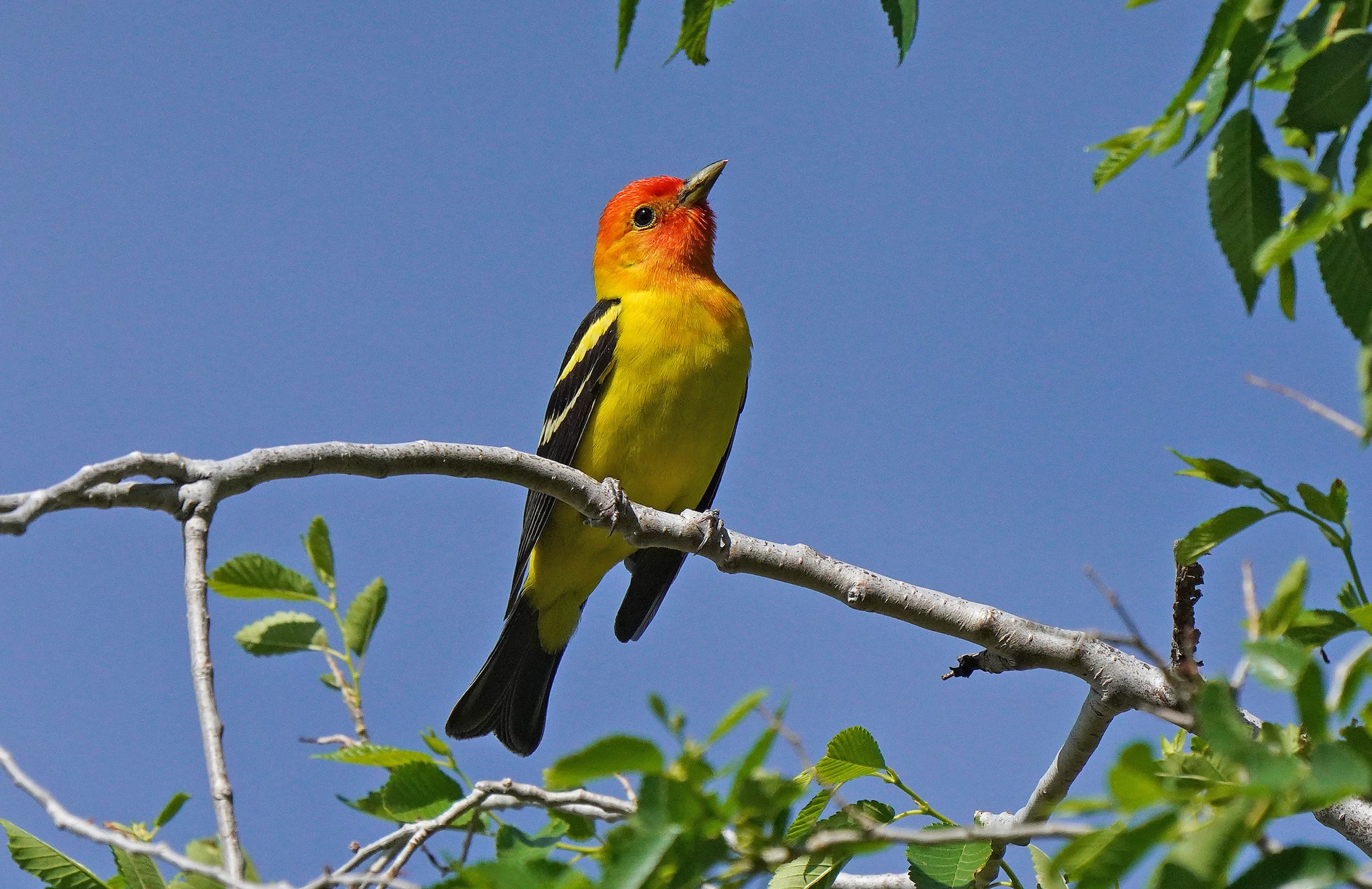
May 19, 2024
155 Species
View Trip Report
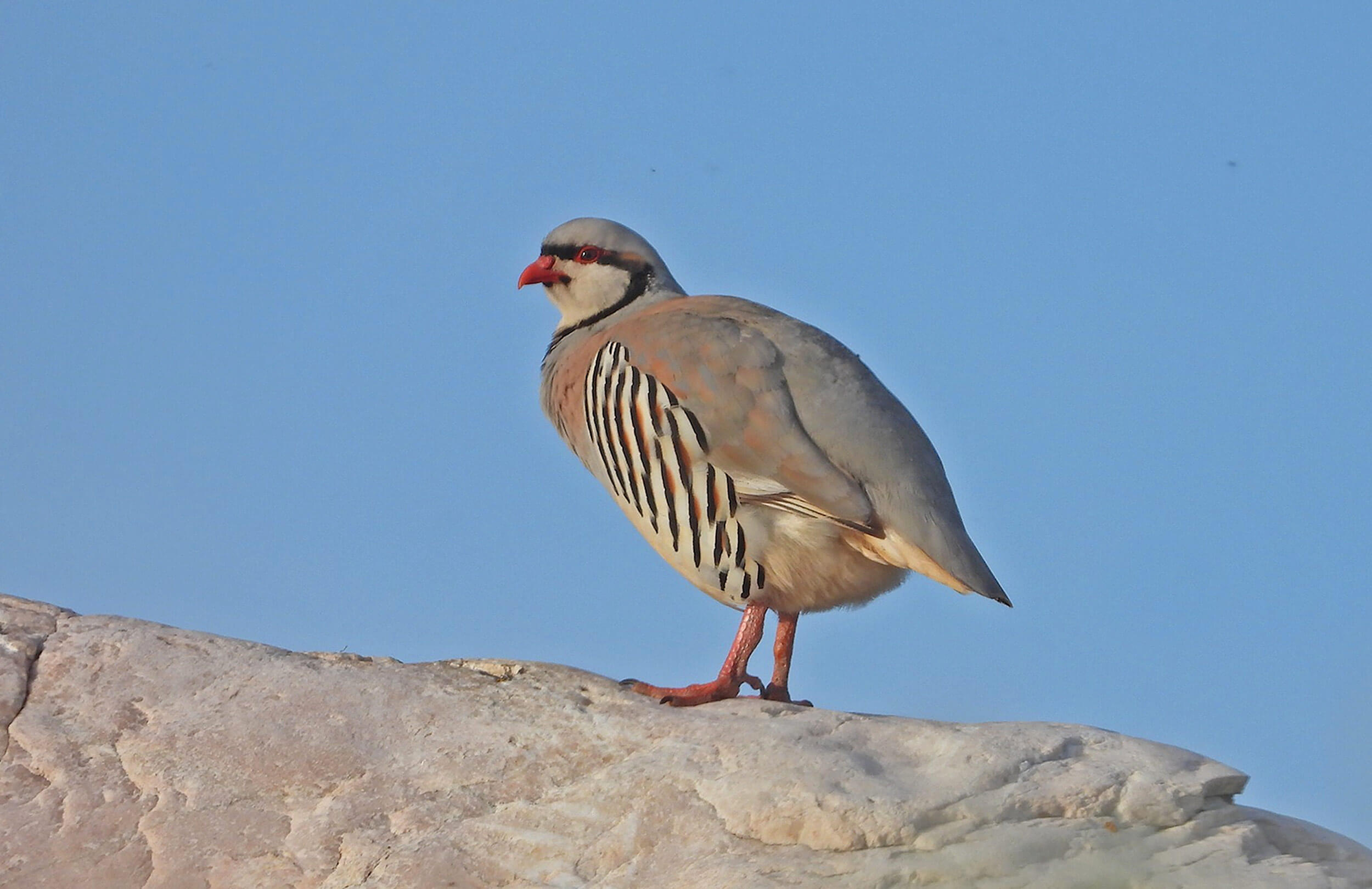
May 15, 2024 - Scouting
142 Species
View Trip Report

May 21, 2023
159 Species
View Trip Report

May 15, 2023 - Scouting
142 Species
View Trip Report

May 16, 2022
154 Species
View Trip Report
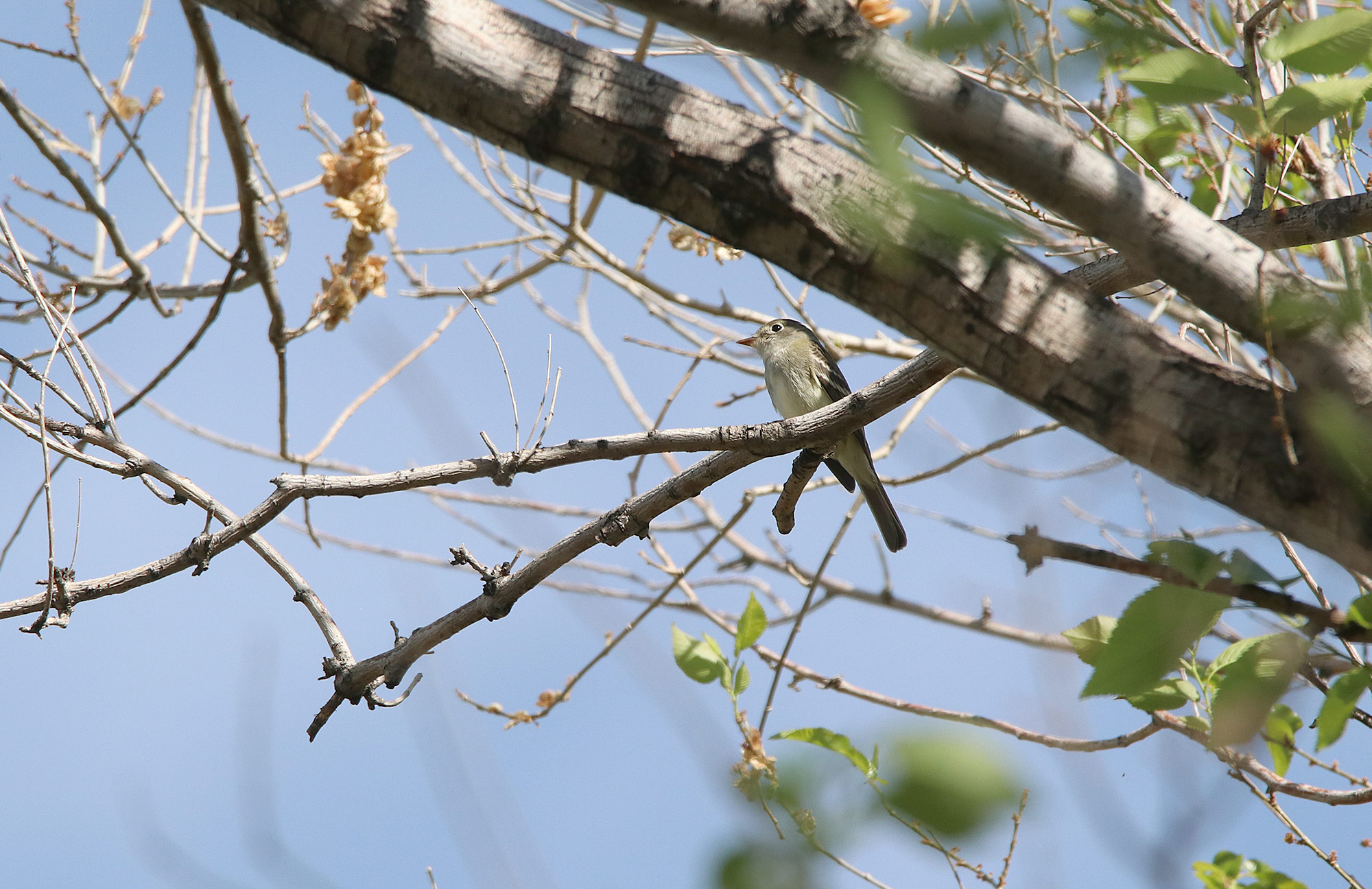
May 17, 2021
152 Species
Read Recap
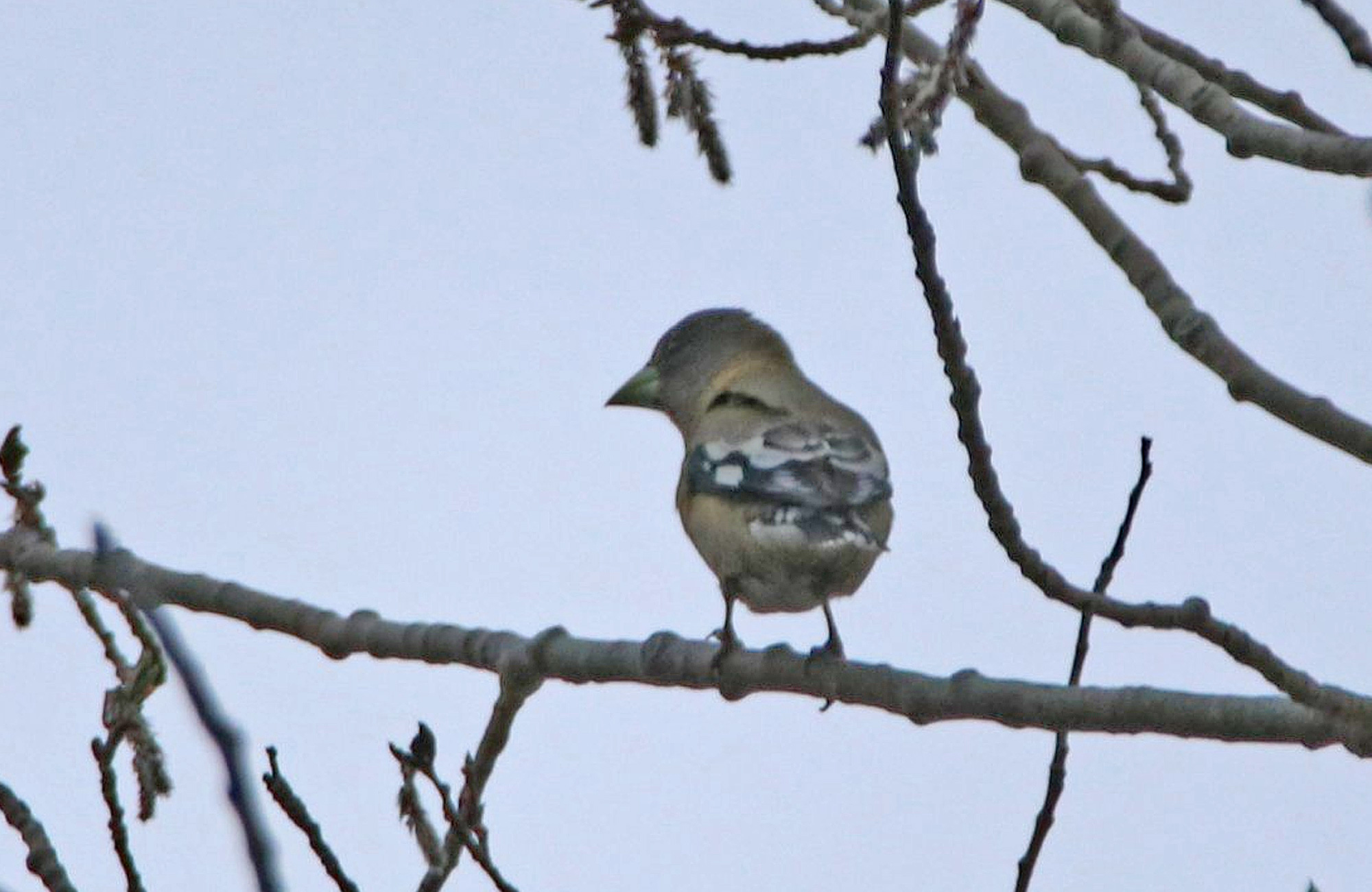
May 19, 2019
151 Species
View Checklist
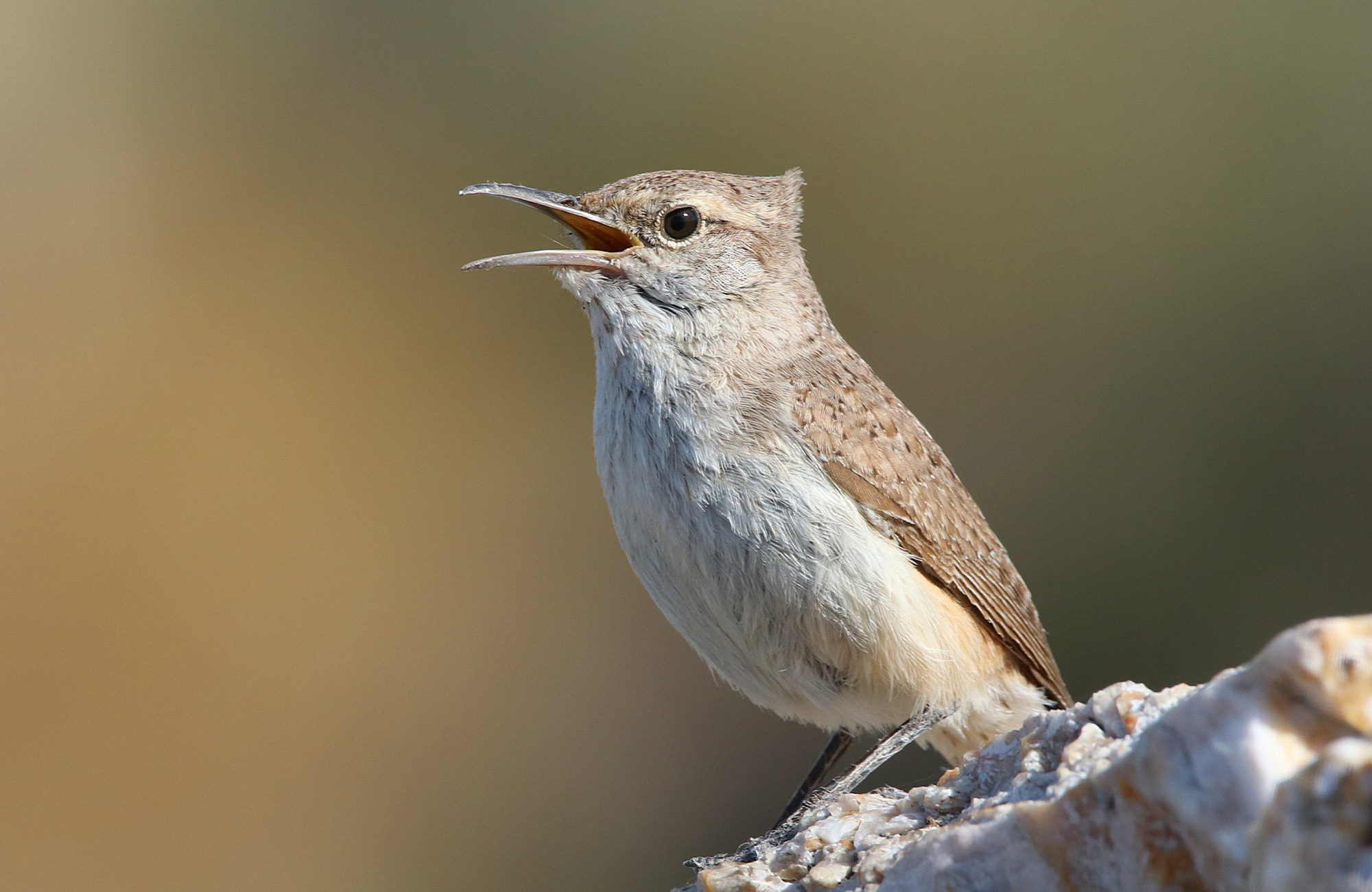
May 20, 2018
160 Species
View Checklist
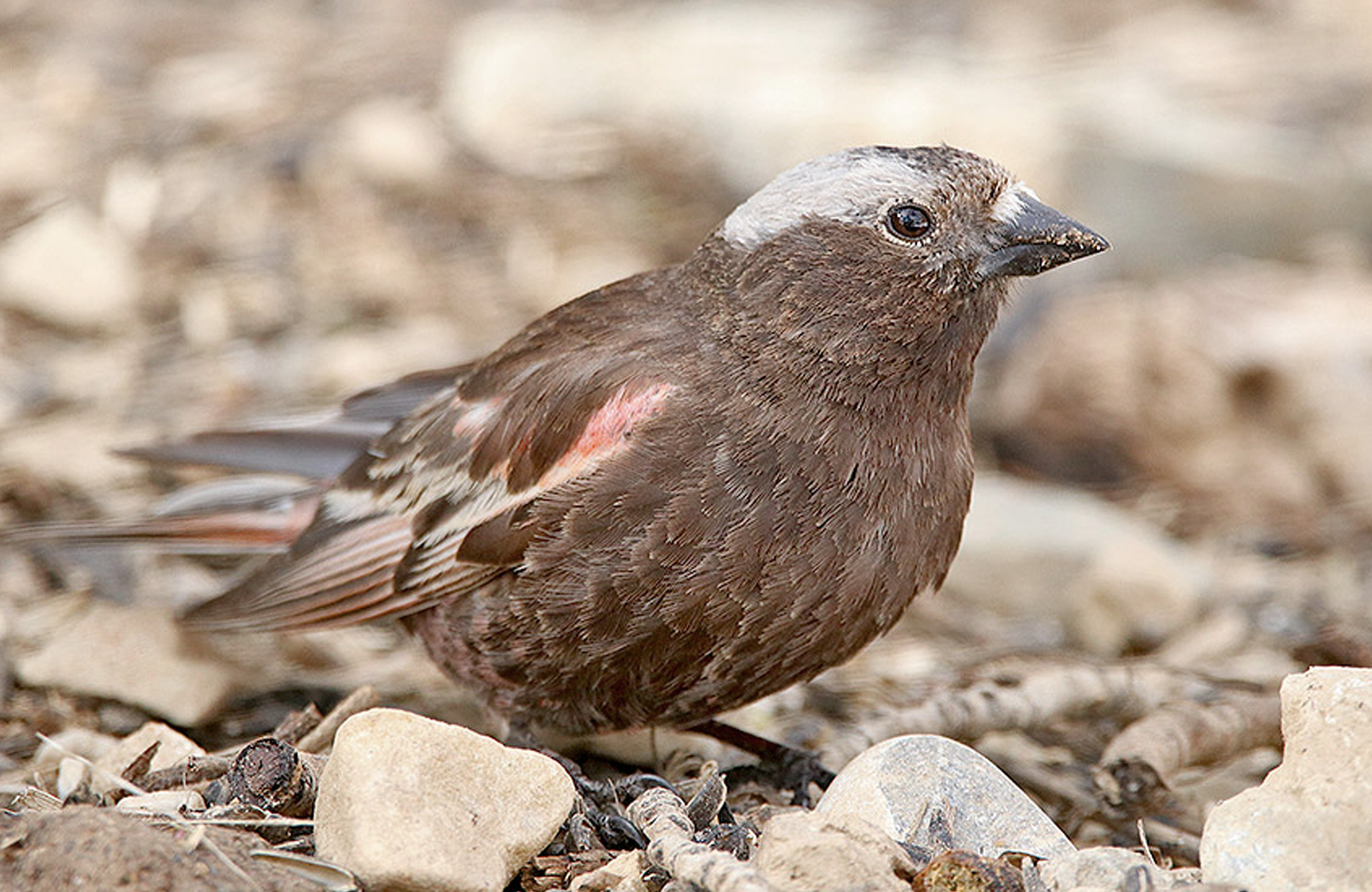
May 21, 2017
161 Species
Read Recap
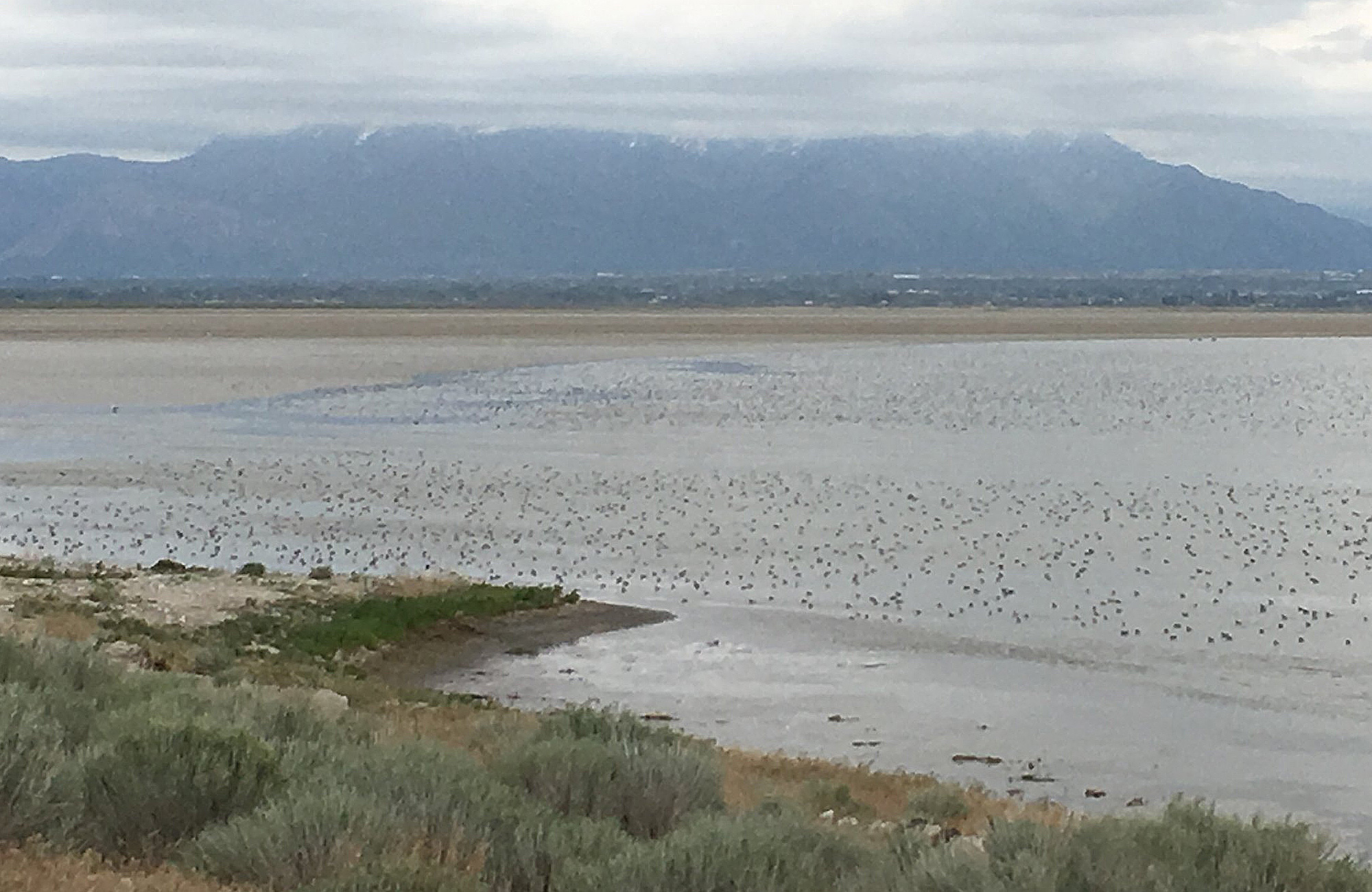
May 15, 2016
159 Species
View Checklist
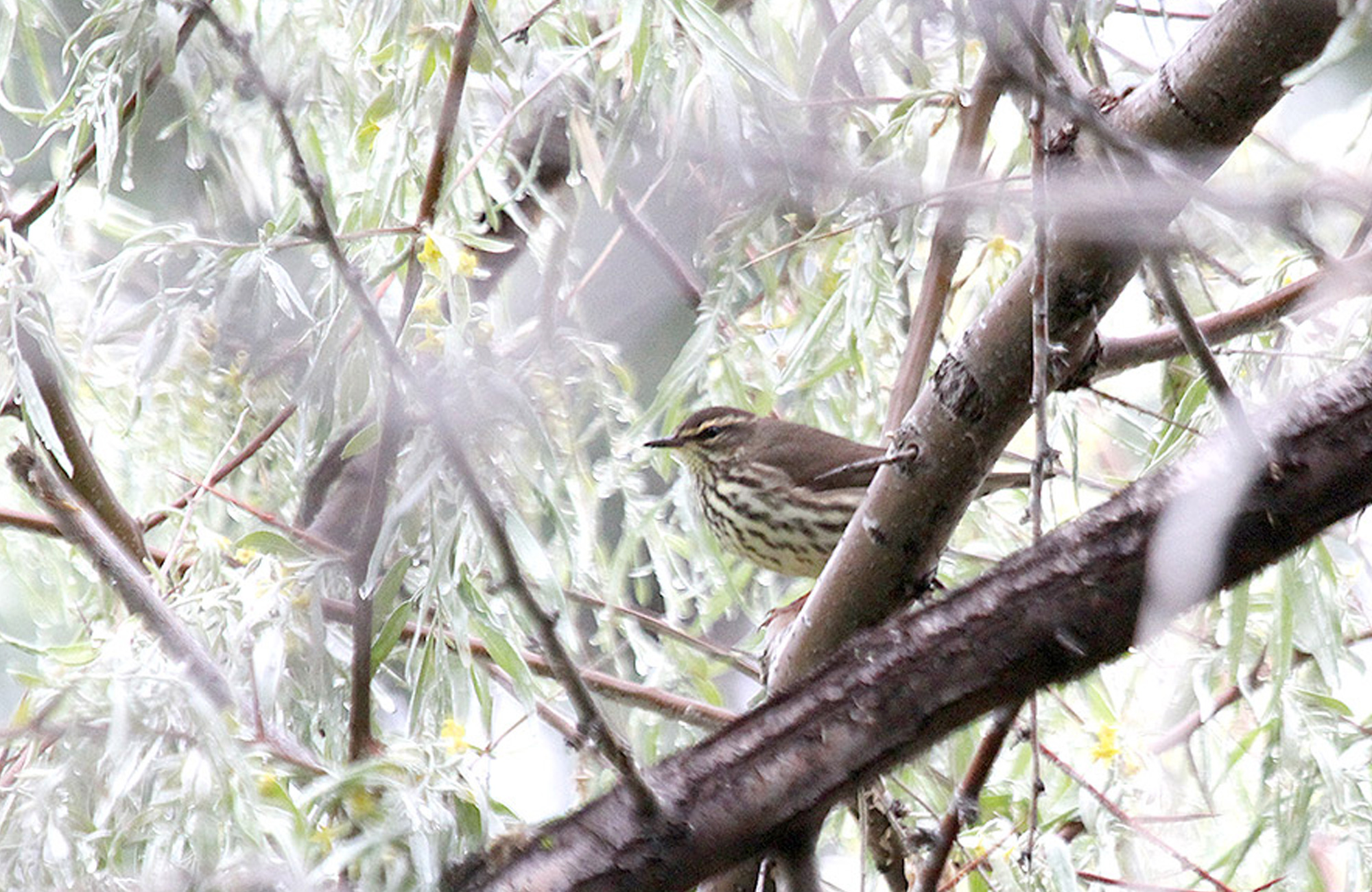
May 17, 2015
170 Species
Read Recap
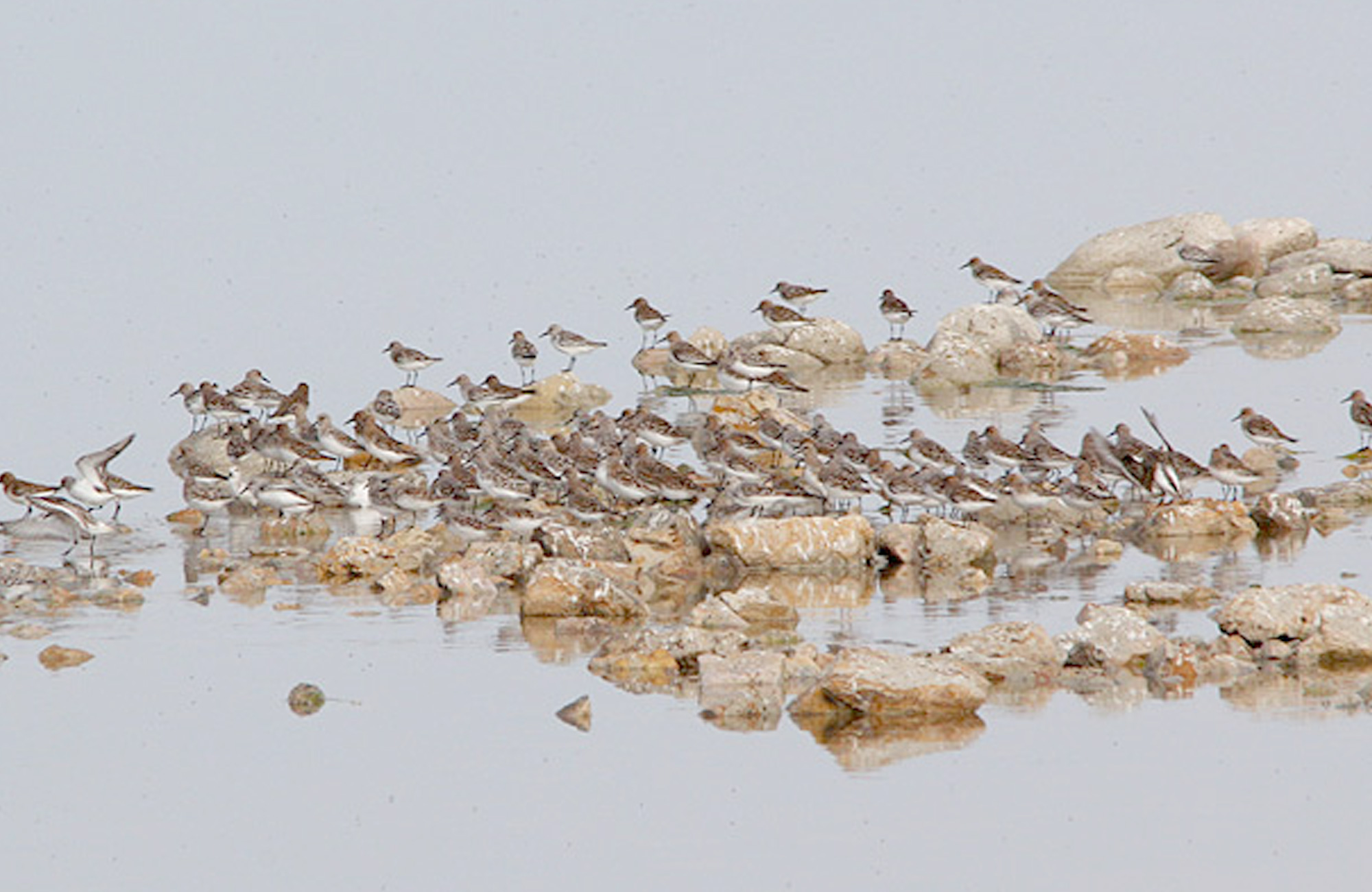
May 18, 2014
167 Species
Read Recap
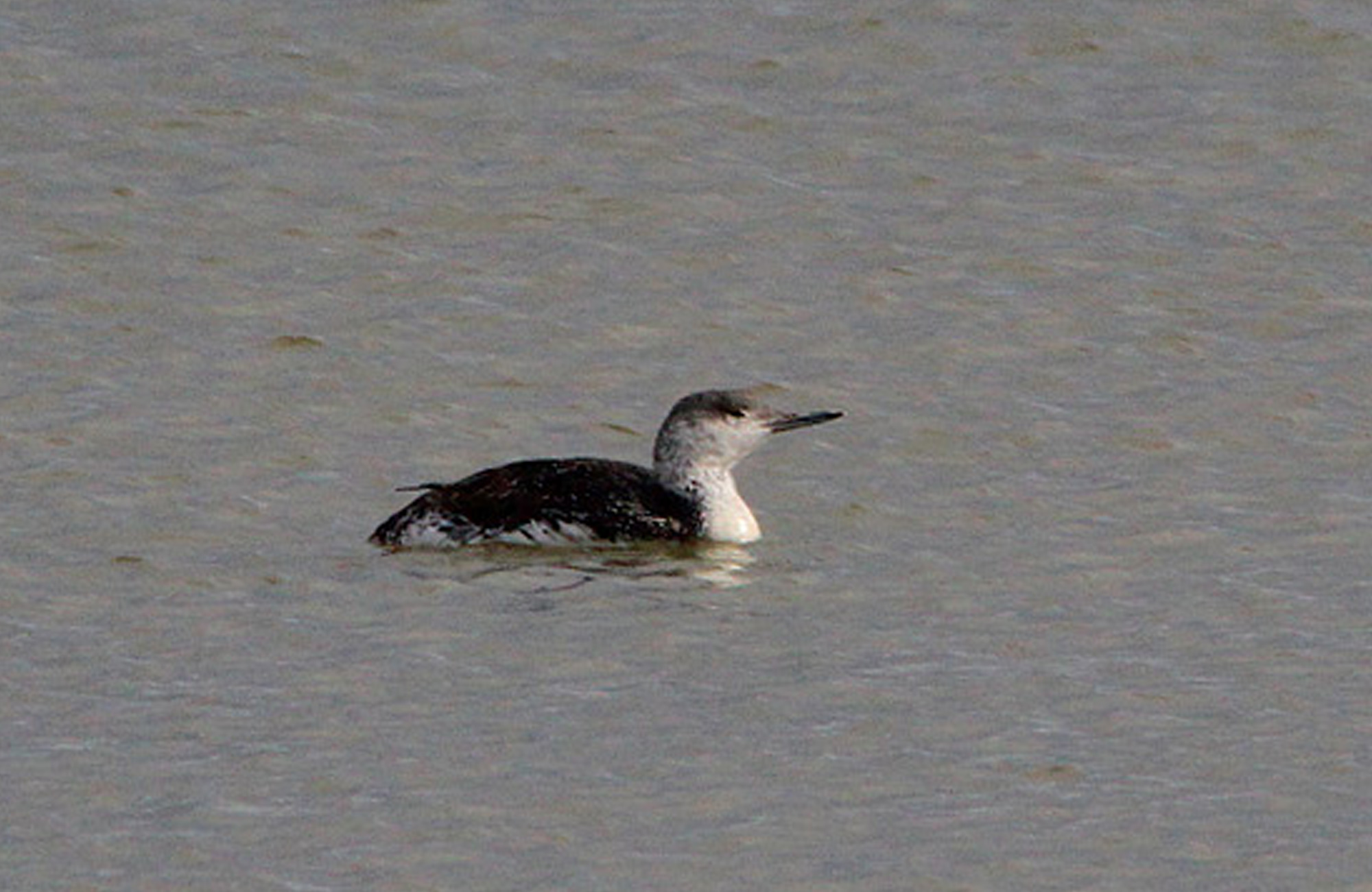
May 19, 2013
160 Species
No Recap
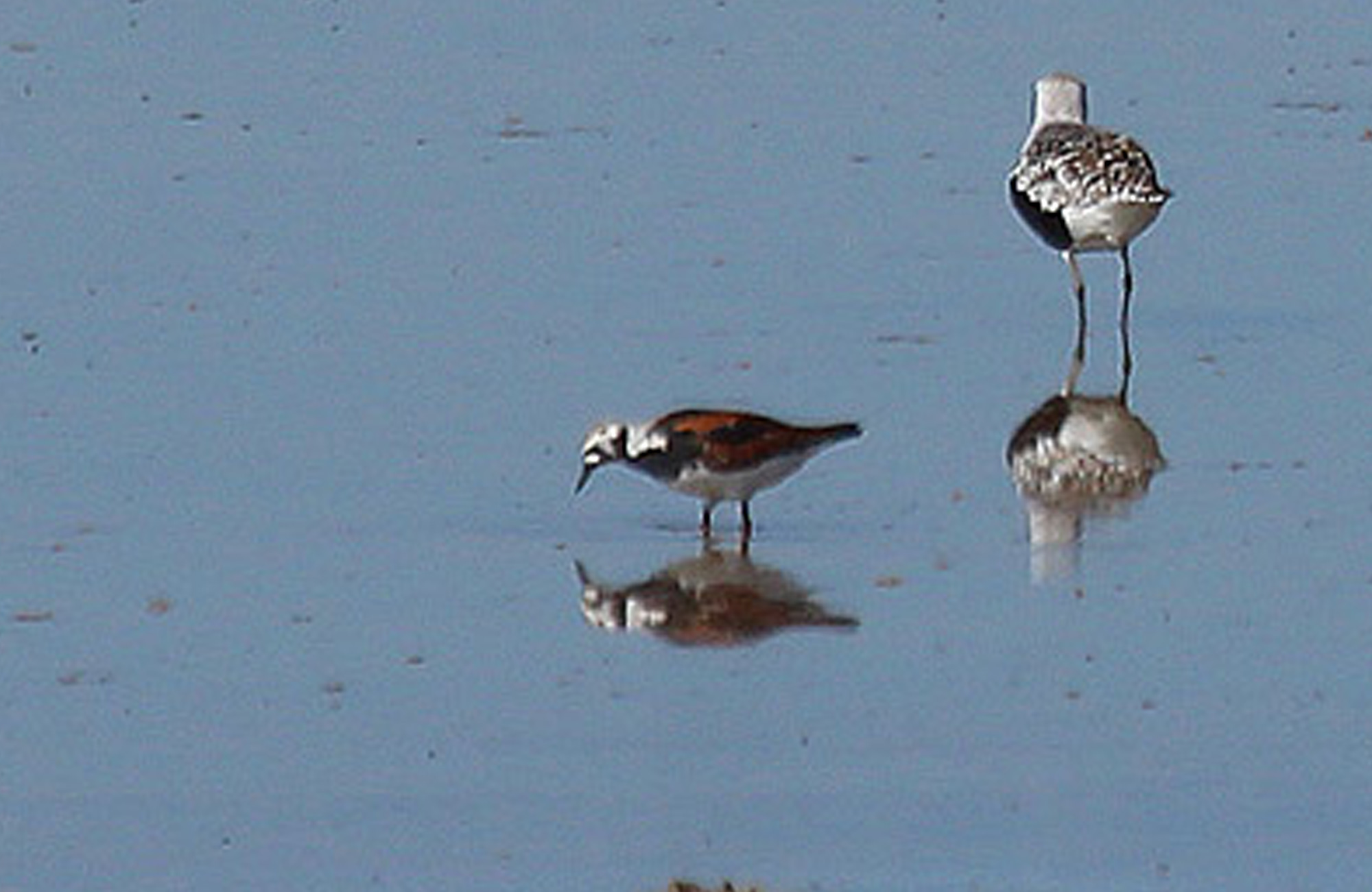
May 20, 2012
136 Species
Read Recap
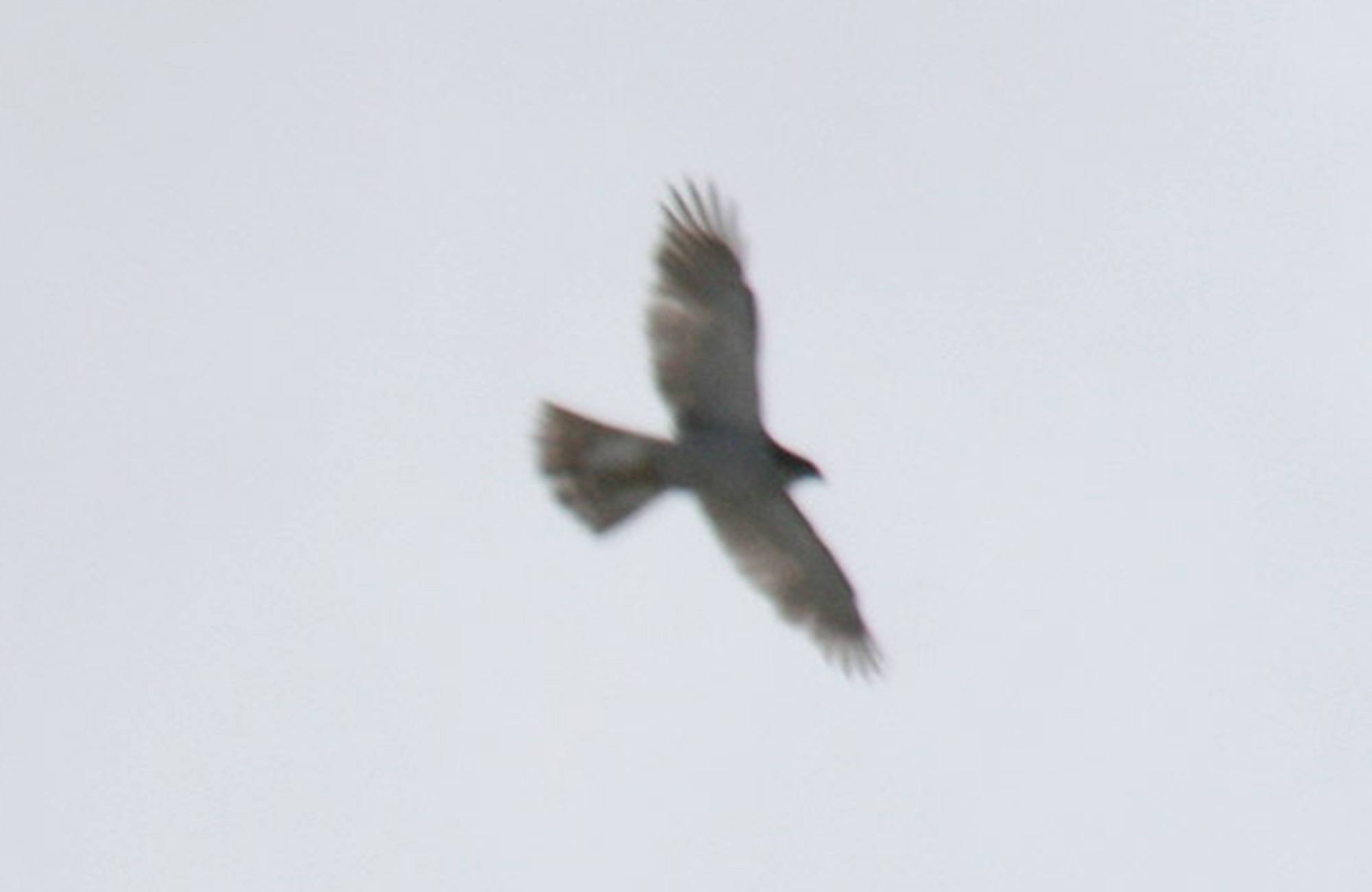
May 15, 2011
132 Species
No Recap
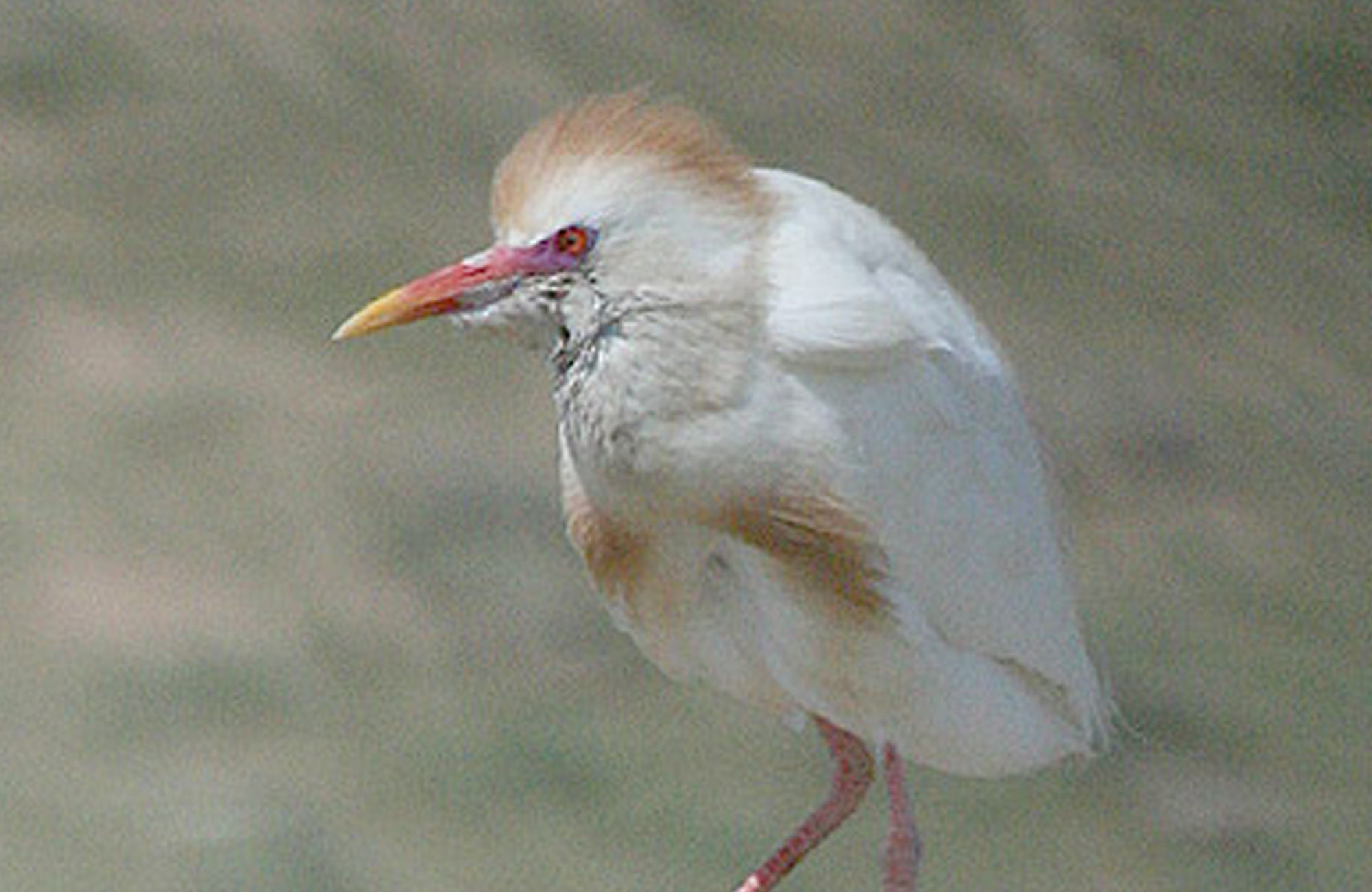
May 16, 2010
142 Species
No Recap
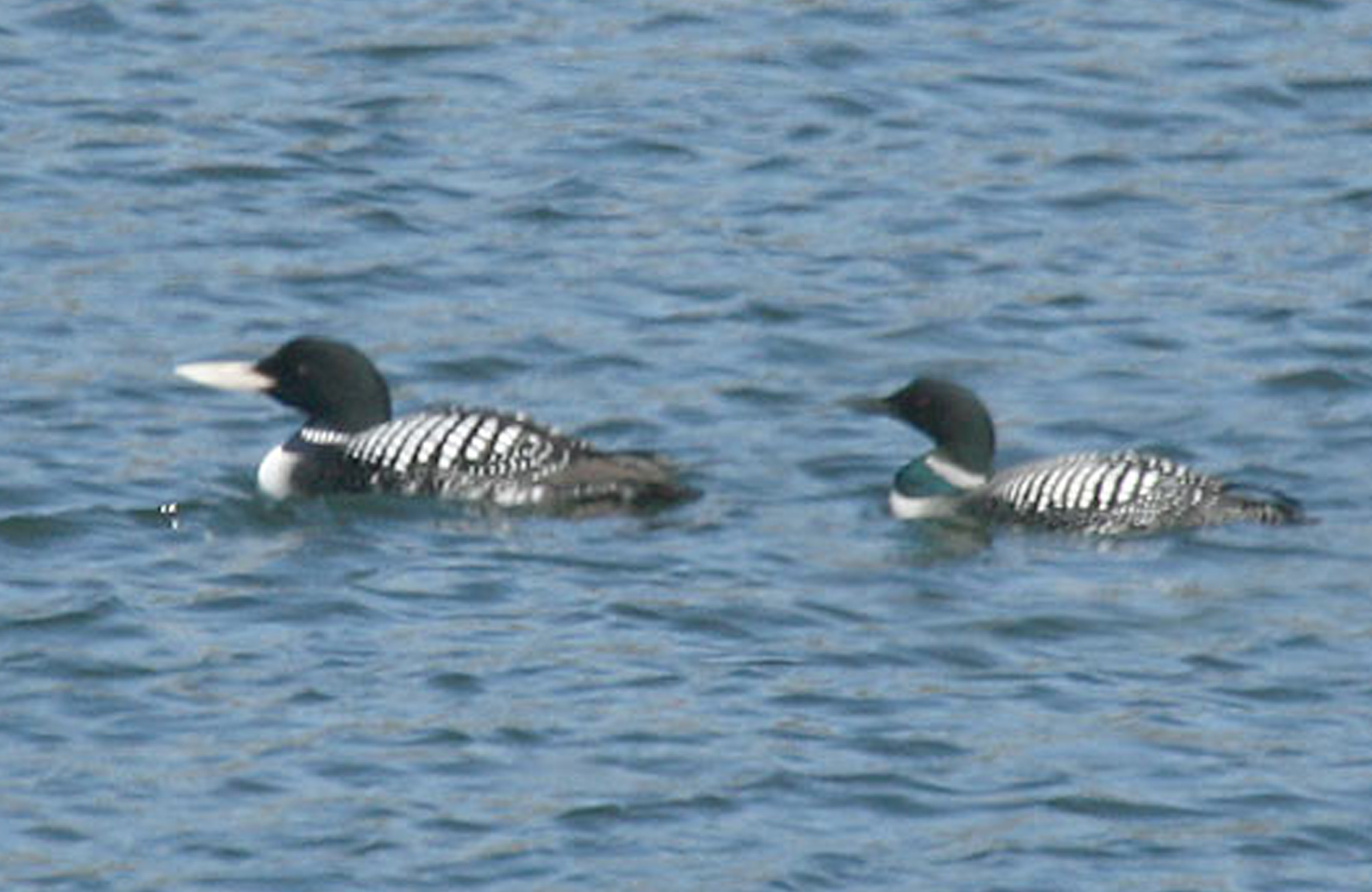
May 17, 2009
128 Species
No Recap
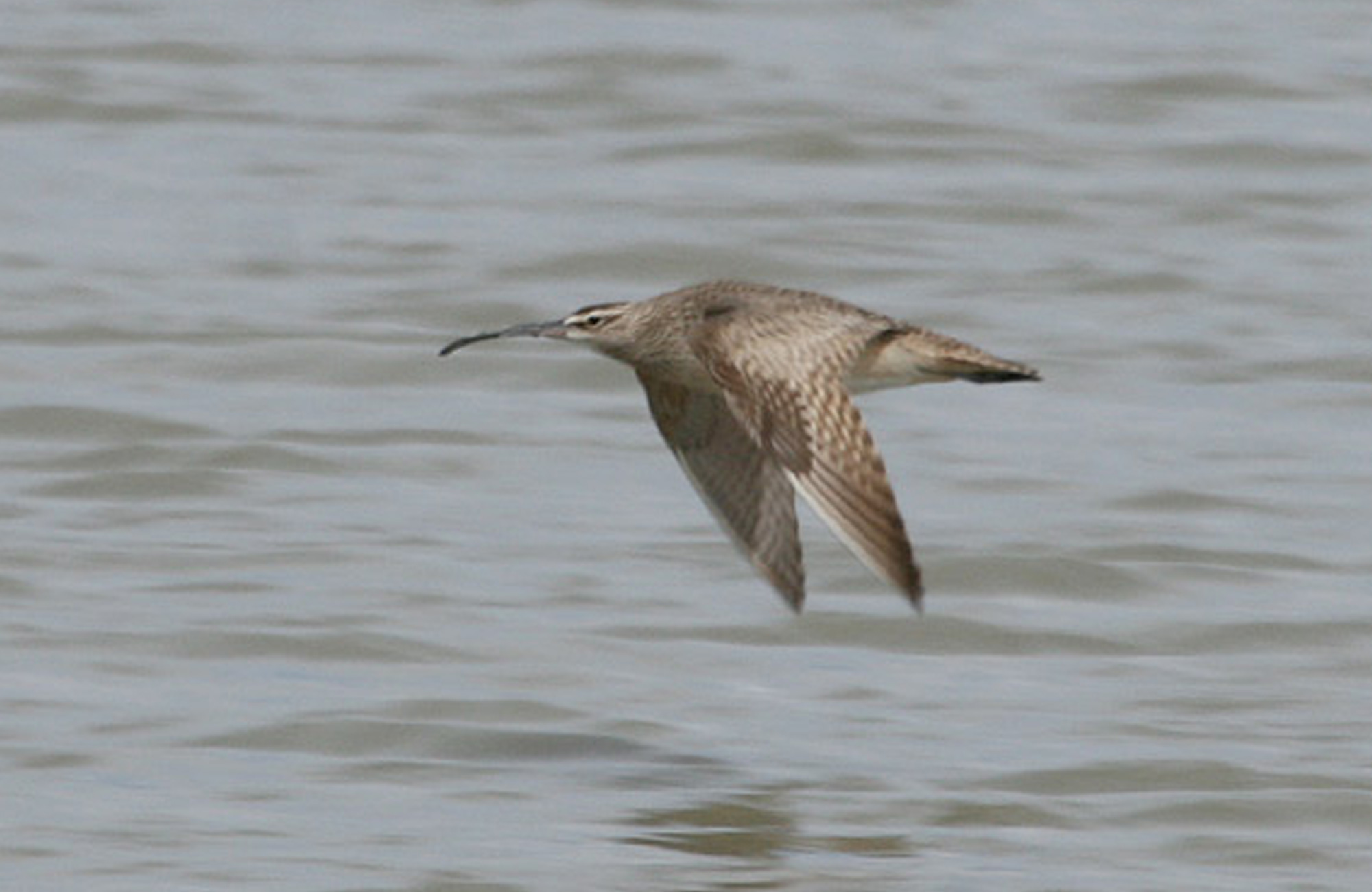
May 15, 2008
134 Species
No Recap
 100 5-Star Reviews
100 5-Star Reviews
2020, '22, & '23 Trip Advisor Travelers' Choice Award Consistently earning great reviews from birders!
 Top Rated Wildlife Tour
in Salt Lake City
Top Rated Wildlife Tour
in Salt Lake City
Tim took three of us out birding for target species over two days. He is knowledgeable, friendly and has a tremendous amount of energy! If you want to see Flammulated Owls he is the man!
David D Custom Tour , 2018
Recent Photos from this Tour
Check out more photos from this tour on Flickr
Still have questions? Ready to book a tour? Either way tapping the buttons below will put you in touch with us!

 BACK
BACK
